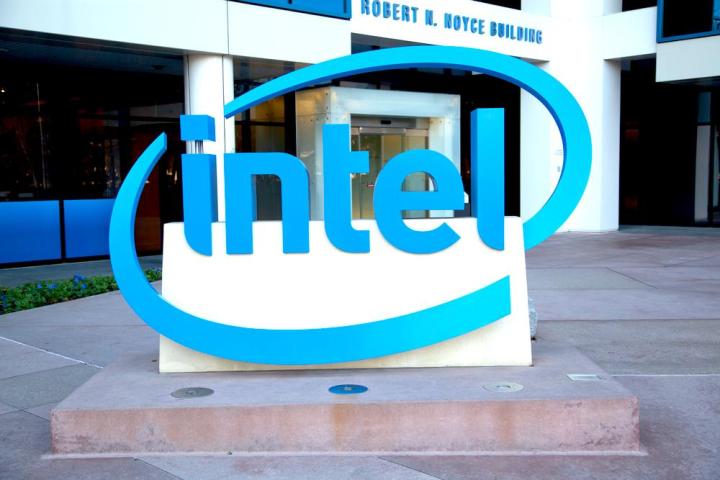
Believe it or not, the world’s most popular chip producer just posted record-setting numbers for 2014’s final fiscal quarter and the year in its entirety, despite pushing Broadwell’s wide-scale release to 2015.
Haswell and Core M were apparently enough to bring in total revenues of $55.9 billion, including $14.7B between October and December. Both figures were up roughly six percent year-over-year but, naturally, consumer PC processors only made up part of the profits. By profits, of course, we mean the Santa Clara-based titan’s net income of $11.7 billion for the full year, and $3.7B in Q4.
Intel’s PC Client Group delivered whopping revenues of $34.7 billion in 2014, including $8.9 billion in Q4. The former was up a slight but important four percent from the previous year, whereas the latter dropped three percent sequentially and hiked three percent year-on-year.
Clearly, Q4 earnings would have had no problem escalating a few percentage points if the complete Core fifth-generation lineup saw daylight as planned. All things considered, the three percent slip isn’t too vexing, and it should be mended by several strong upcoming quarters.
Unless everyone, from OEMs to consumers, decides to wait for Skylake in the fall, and Windows 10 a little earlier. Either way, Intel’s outlook on the near future is fairly optimistic, with a focus on “the next wave of computing” expected to drive revenues to new highs in Q1 2015 and the entire year.
Servers remain an integral part of Intel’s uber-profitable business model, with “Data Center Group” revenue up a phenomenal 18 percent from 2013, 11 percent sequentially and 25 percent year-over-year in Q4.
The Internet of Things (IoT) Group is another flourishing department, reporting a yearly rise in revenue of 19 percent, while the mobile section continues to be Intel’s Achilles’ heel. Things are really, really bad for the mobile division, which lost 85 percent of its 2013 earnings in 2014. Finally, the software and services branch was flat in Q4, and up a microscopic one percent for the full year.
Sounds like Intel should concentrate on what it knows best: PCs and servers.


